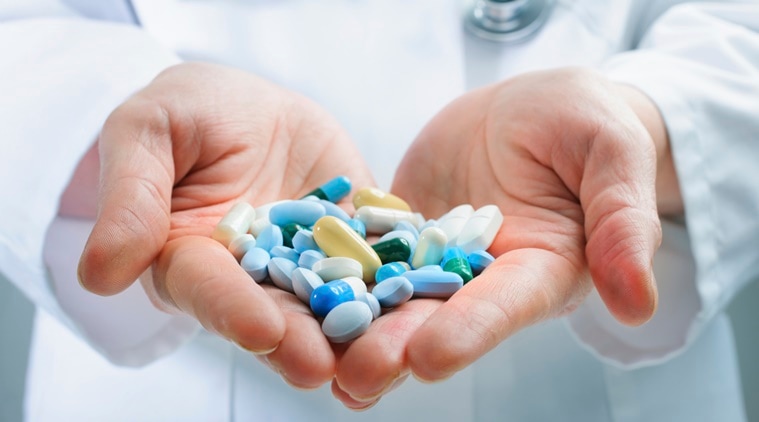Antibiotics have saved so many lives over the previous century of their use in humans that they are considered to be one of the major breakthroughs of contemporary medicine, said researchers from the University of Rennes 1 in France.

Researchers have developed two new antibiotics that are effective against multi-resistant bacteria, and also appear not to trigger resistance when used to treat infection in mice.
The research, published in the journal PLOS Biology, could bring both fresh impetus and new possibilities for fighting antibiotic resistance worldwide.
Antibiotics have saved so many lives over the previous century of their use in humans that they are considered to be one of the major breakthroughs of contemporary medicine, said researchers from the University of Rennes 1 in France.
Growing resistance is gradually rendering them ineffective, with the threat of catastrophic public health consequences should this trend continue much longer, they said.
The few new antibiotics being brought to market essentially consist of so-called me-too drugs — meaning that they are derived from existing classes of antibiotics.
Researchers identified a new bacterial toxin which they transformed into potent antibiotics active against various bacteria responsible for human infections, whether Gram-positive or negative.
“It all started with a fundamental discovery made in 2011,” said Brice Felden, Director of the Bacterial Regulatory RNAs and Medicine laboratory in Rennes.
“We realised that a toxin produced by Staphylococcus aureus whose role is to facilitate infection is also capable of killing other bacteria present in our body.
“What we had identified was a molecule with dual toxic and antibiotic properties. We thought that if we could separate these activities, we would be able to create a new antibiotic non-toxic to the body. A challenge that we accepted!” Felden said.
A new family of so-called peptidomimetics was synthesised.
As their name suggests, these peptides are inspired by the existing natural bacterial peptides but have been shortened and modified.
Out of the twenty molecules created, two proved effective against resistant Staphylococcus aureus and Pseudomonas aeruginosa in mouse models of severe sepsis or skin infection.
No toxicity to the other cells and organs, whether in animals or human cells was observed, researchers said.
These new compounds are well tolerated at their active doses — and even beyond — and are devoid of the renal toxicity issues often encountered with this type of compound.
“We tested them at doses 10 to 50 times higher than the effective dose without seeing toxicity,” said Felden.
“The participation and imagination of the team and our chemist colleagues was needed to devise the most active molecules possible,” Felden said.
Source: Read Full Article
